Ethnic minority and mountainous markets are not only places for people to consume goods but also places to tell cultural stories and develop tourism.
Economist Vu Vinh Phu emphasized this in an interview with a reporter from the Industry and Trade Newspaper.
 |
| Economist Vu Vinh Phu |
- Sir, mountainous and ethnic minority areas have strengths in agricultural products and regional specialties. Markets in mountainous and ethnic minority areas are effective distribution channels for these products. What do you think about the current status of the distribution system in ethnic minority and mountainous areas in serving as a bridge to consume products of people in these areas?
Expert Vu Vinh Phu: First of all, it must be affirmed that the Party and State's policies over the years have paid great attention to ethnic minority and mountainous areas. Along with that are policies to develop distribution systems, including markets in these areas with the role of promoting production and two-way exchange of goods between the mountainous and lowland people. The market is also a place for cultural exchange between regions. At the same time, it is a tourist destination to attract domestic and foreign visitors to the locality.
However, despite receiving great attention from the Party, the State, ministries and branches, the infrastructure in mountainous areas is still weak and does not meet the requirements. In particular, limited transport infrastructure makes the transportation of goods between localities difficult.
Localities also lack warehouses to store and preserve goods to reserve during peak harvests and release them to the market when supplies are low, causing farmers' agricultural products to sometimes fall into a state of excess supply, with good harvests and low prices; and at many times, they cannot meet demand.
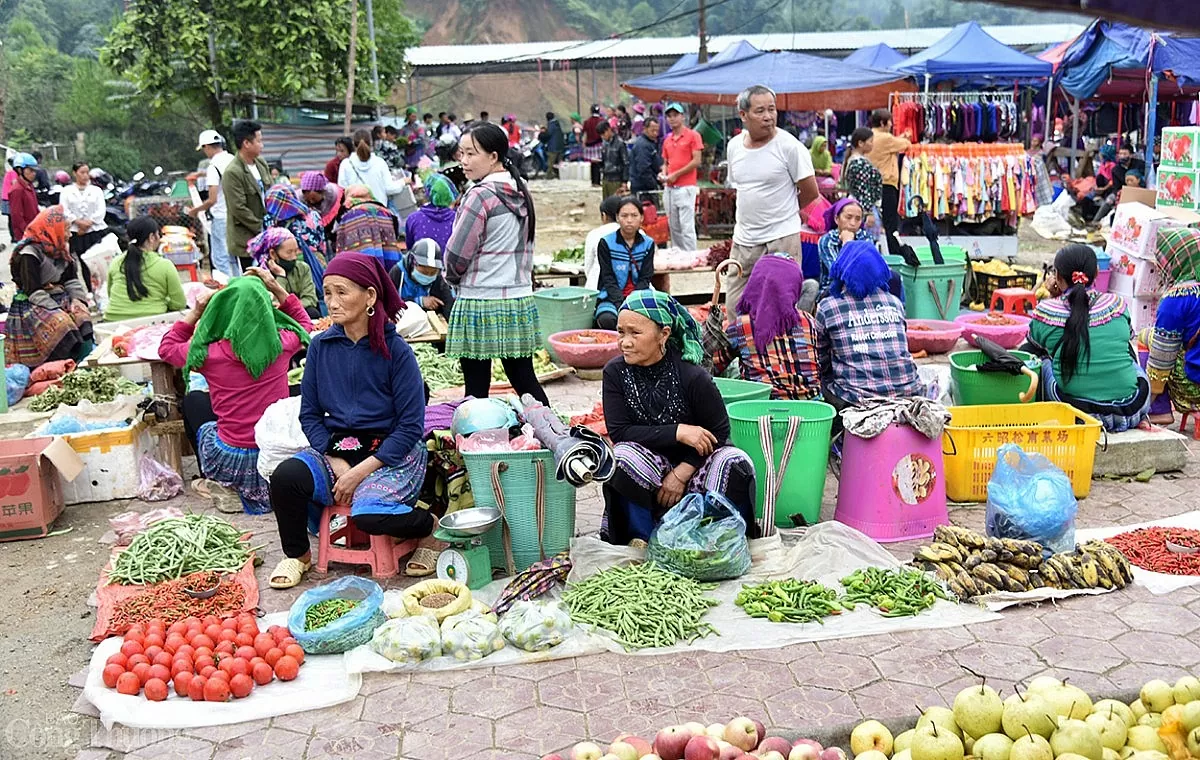 |
| Mountain markets are places for trading and selling regional agricultural products. |
- Although the development of the distribution system in this area has received attention, the results have not been high. What do you think is the reason?
Expert Vu Vinh Phu: First of all, it is due to the habits and customs of people in ethnic minority and mountainous areas. People still have the habit of holding markets in sessions rather than regularly. The lack of regular markets and regular buying and selling and trading activities makes it difficult to invest in and modernize markets in this area.
In addition, although special attention has been paid to ethnic minority and mountainous areas, the budget capital invested in markets is still limited. Meanwhile, attracting investment from socialized sources into this area has not achieved the desired results. This is because market investment does not bring immediate results and the efficiency is low compared to other forms of investment, making businesses not interested in investing.
Furthermore, local policies are not really attractive to businesses, for example, there is a lack of preferential policies on taxes and fees. To attract investment in the market, it is necessary to reduce taxes and fees for a certain period of time to support businesses.
On the other hand, the cost of transporting goods to the mountain market is still high, so it is difficult for goods to compete, especially with cheap goods imported from neighboring markets. Therefore, it is necessary to do a good job of preventing counterfeit and fake goods in this area to avoid affecting the interests of consumers, and at the same time encourage businesses to sell here.
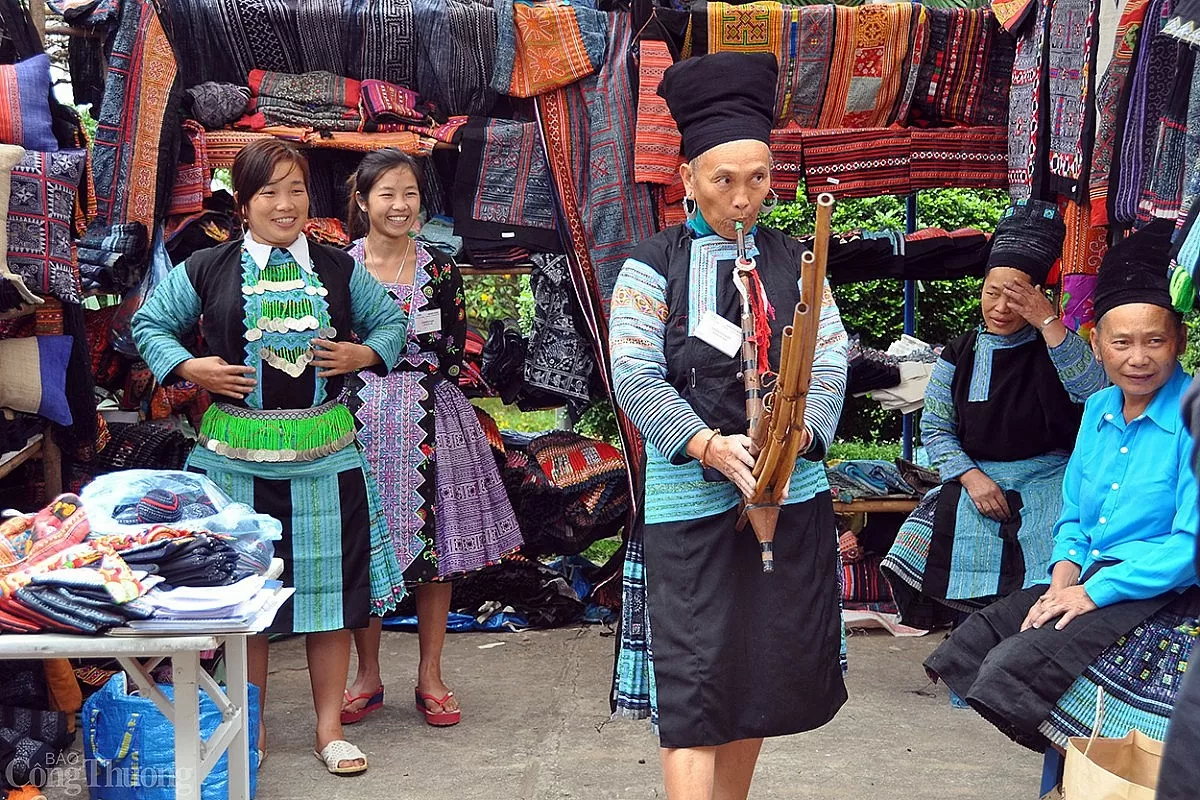 |
| Mountain markets carry strong regional cultural imprints |
- In your opinion, what solutions are needed to improve the efficiency of attracting investment in the distribution system (markets, supermarkets) in ethnic minority and mountainous areas?
Expert Vu Vinh Phu: First, it is necessary to determine that markets for ethnic minority and mountainous areas are very important, not only related to the economy but also to the social security of this area. The budget for this area is not too large, so it cannot be rushed but must be done systematically. In particular, it is necessary to do pilot projects in some areas, while doing it, learn from experience to find the most effective model to apply to ethnic minority and mountainous areas, and then replicate it. The construction of infrastructure needs to be synchronous, done firmly, and avoid waste.
Commercial infrastructure not only helps production and circulation but also relates to investment and commercial tourism in mountainous areas. Therefore, to solve the infrastructure problem, it is necessary to diversify investment capital sources because business capital is very important. If businesses want to invest in this area, localities must focus on administrative reform. Policies must be open to welcome investors. There must be a long-term commitment to policy incentives.
In addition, infrastructure development planning is important. This is a very difficult area, so planning must be quality and long-term, avoiding investing and then abandoning, which is a waste. This requires a very important role for the locality.
In localities, there must be steering committees for market development, from planning to where to set up the market. The market must be close to the people, understanding the consumption trends of the people to invest in construction. We have abundant sources of goods, many regional specialties, quality OCOP products, but the output is quite unstable. So the market must solve this problem.
Most importantly, the market must be linked to the development of local culture and tourism. The market is not only a place to buy and sell goods but also a place to tell unique stories about regional culture. If this is done, there will be no need to worry about the market having no visitors and not being able to develop.
In addition, it is necessary to pay attention to logistics and freight forwarding to shorten delivery time, apply technology to reduce costs, and improve the competitiveness of products.
Thank you!
According to the Domestic Market Department - Ministry of Industry and Trade, by the end of 2023, the country will have nearly 8,320 markets, of which about 83% are third-class markets with many limitations in technical facilities. Rural markets account for about 73%, including markets in mountainous areas, remote areas, and ethnic minority areas... To improve the efficiency of investment and market construction, the Ministry of Industry and Trade has developed and submitted to the Government for promulgation Decree No. 60/2024/ND-CP dated June 5, 2024 on market development and management. The Decree consists of 5 Chapters, 38 Articles and 2 Appendices, effective from August 1, 2024. |
Source: https://congthuong.vn/cho-mien-nui-khong-chi-la-noi-tieu-thu-hang-hoa-374719.html








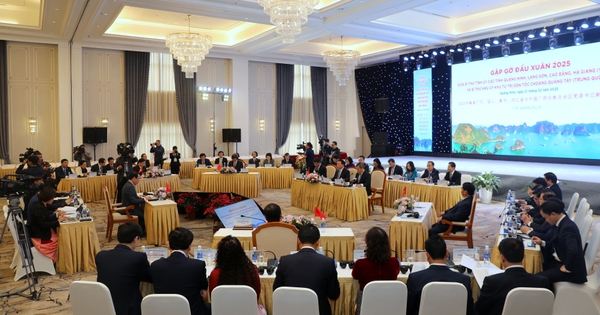


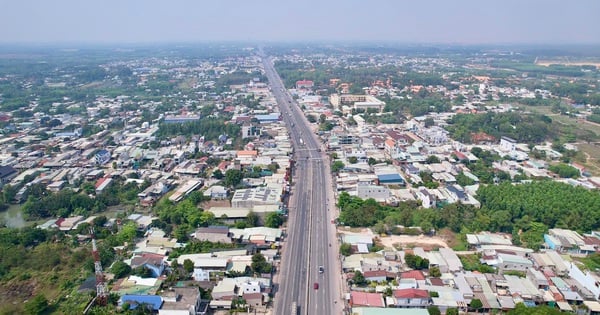






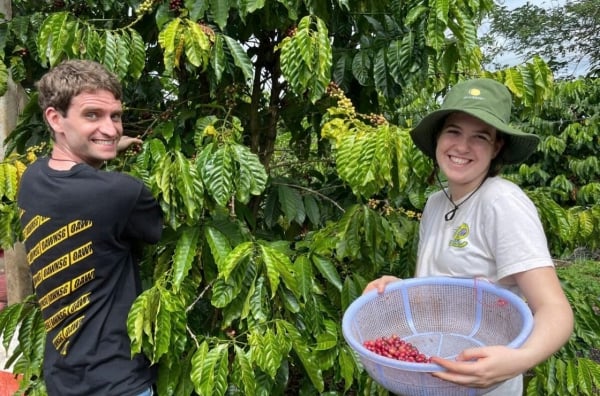

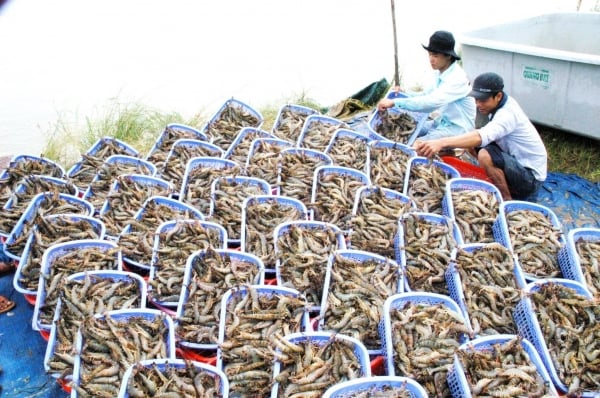
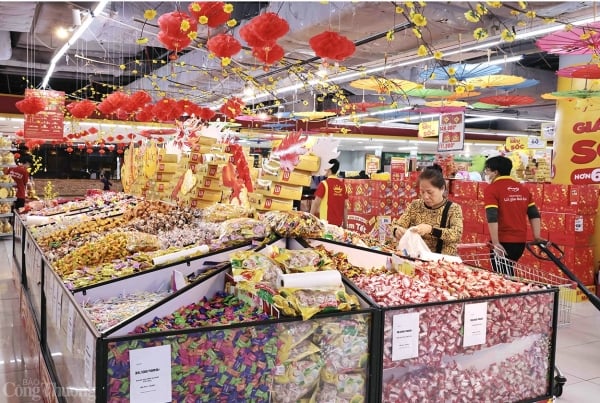


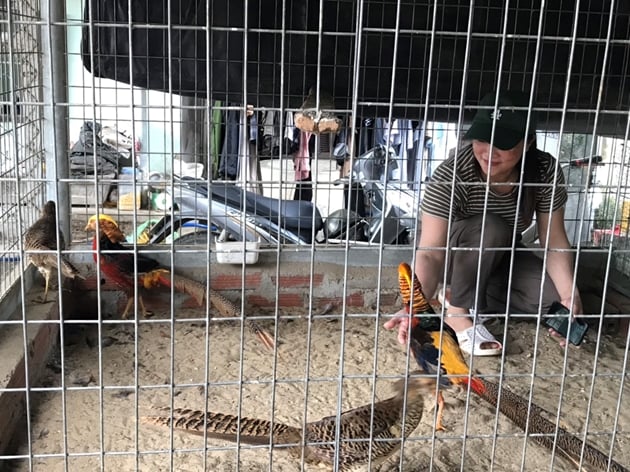











Comment (0)